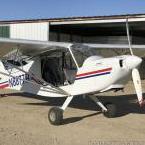
The 912UL
Started by
Emory Bored,
16 posts in this topic
Create an account or sign in to comment
You need to be a member in order to leave a comment

Started by
Emory Bored,
You need to be a member in order to leave a comment